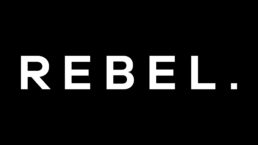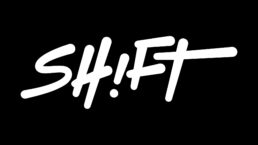There’s an intriguing back story concerning the main protagonist in your story, particularly involving the car chase and the reserved reaction from the older characters. Can you elaborate on the narrative please?
We wanted to leave the narrative quite open to interpretation, hinting at things instead of making them explicit. I have a film in my head and a meaning attached to it, but I find it more engaging to let people come up with their own conclusions, which are as valid as mine…
You are a master of styling. What was your decision to place this film in a 60s Spanish setting?
I enjoy a lot recreating periods and I always learn through the research process. Some of those things sound quite irrelevant, like the width of men’s suit lapels in a particular decade… The label approached us with a collection of 1960s LA references and this is what we made out of them. The initial James Bond-esque theme of the brief ended up as some kind of surreal 60s Mediterranean noir.
I really like the cosmopolitan and hedonistic settings that you see in a lot of French and Italian films from the 60s like La Notte, La Dolce Vita and Le Mepris, but also in American ones like The Graduate and the Swimmer. There’s something eerie about those parties in suburban midcentury houses and we wanted to recreate some of that.
And what a location – is this a secret hideout of yours?
Not at all… I wish I could hide in a place like that… Well, maybe not. It was a bit creepy at night. It’s a family house that has remained the same since the 1960s. We emptied it out and brought in our own props to make it look like that, but the base was great. The family seemed pleased with what we did to their house and as we were filming they were drinking cava and smoking cigars to celebrate.
What were the main challenges of the production?
The most challenging aspect was to translate what I sold in my treatment onto the screen. How to create a world that felt believable. What where the visual codes of that environment. The people, the places, the mood… Each of the departments put a lot of effort into creating the period setting and luckily it worked. The fear with doing period is that you’ll up with some bad pastiche… You never completely know what are you going to get until you look at the monitor on set and suddenly you see for the first time how your film is going to look. If it’s a pleasant surprise, that’s one of the most gratifying moments of this job.
Were the huge sweeps of landscapes filmed with a drone?
Yes. It was fun…
Was everything straight forward?
There was a lot of back and forth between Theo from Hurts and me before we reached the final concept of the video. I wrote three different treatments throughout the process, but after that they completely trusted us so we could keep expanding on the idea until the video was complete.
Anything else you’d like to share?
I could write a long paragraph of thanks to all the great people who got involved and put a lot of effort into this project, but that includes all the producers, heads of department and their assistants, so for the full list watch the credits after the video. Blur, the Spanish production company with whom I’ve had a long relationship, were amazing at making this happen.
These kind of projects are a bit of an act of faith, people work really hard for a small fee or no money at all thinking that they are doing something that they like, so as a director I feel the pressure of having to deliver something that it’s going to be worth everyone’s time. And when you work with an experienced and talented crew that are normally busy with much better paid stuff the pressure is even higher.


















